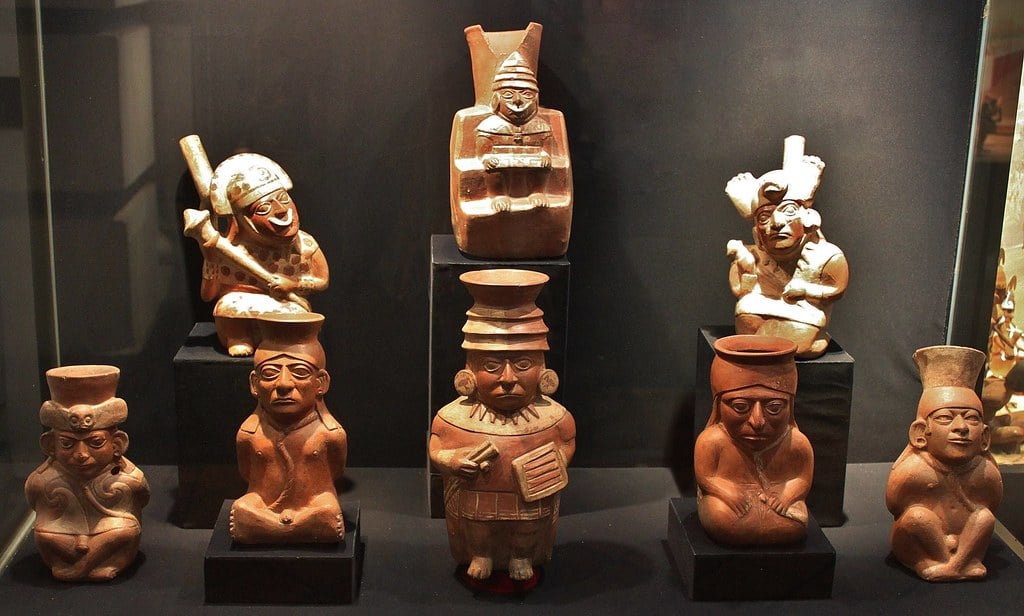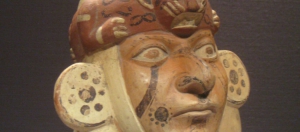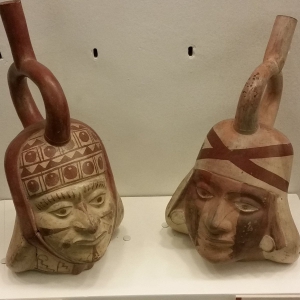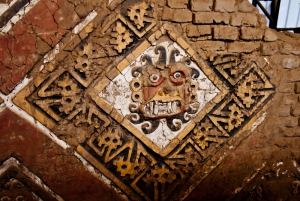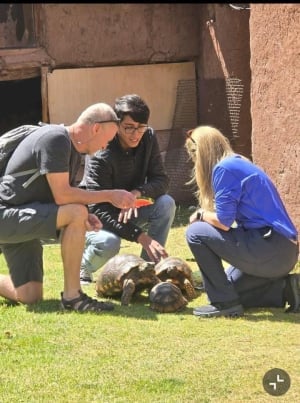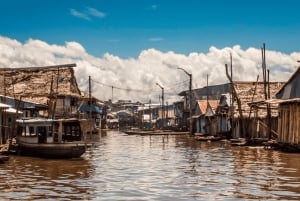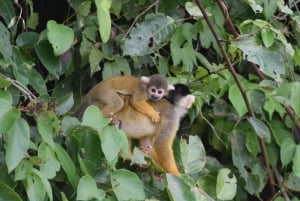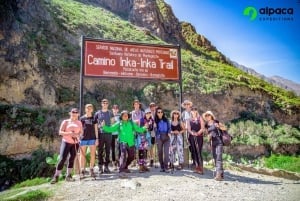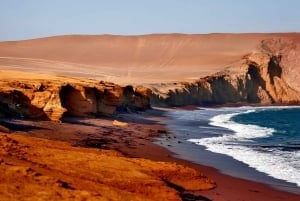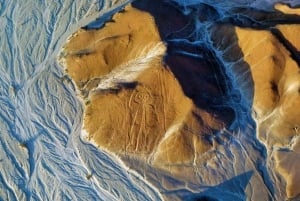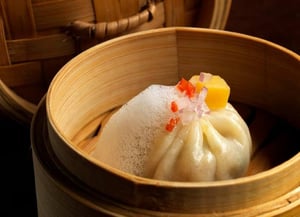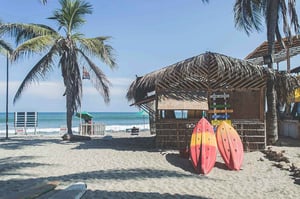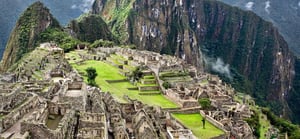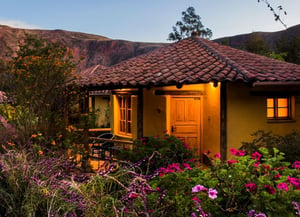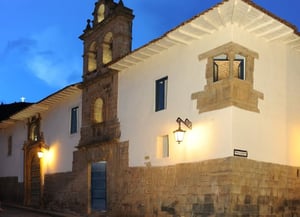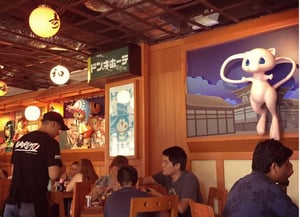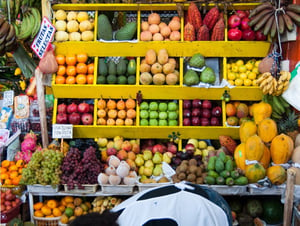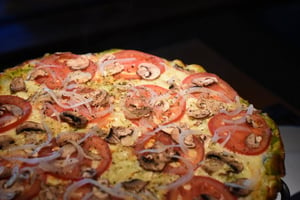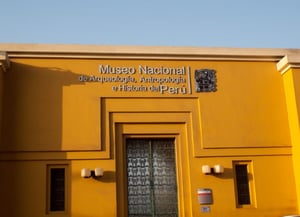The moche route in chiclayo: the lord of sipan
Book Top Experiences and Tours in Peru:
If youʻre booking your trip to Peru last minute, we have you covered. Below are some of the top tours and experiences!- Cochahuasi Animal Sanctuary ®
- Belén Experience: Market, Canoa & Traditions 2 a 3hrs
- Puerto Maldonado: 4-Day Tambopata Rainforest Tour
- Lima: Ultimate Peruvian Food Tour
- From Cusco: 4-Day Inca Trail Guided Trek to Machu Picchu
An archaeological discovery that moved the world as it did at the time the tomb of Tutankhamun in northern Peru. So much gold and jewelry were found in the tomb of the Lord of Sipán, in the cracked huaca, that a museum was built just for him in the city of Lambayeque, near Chiclayo: the royal tombs museum of Sipán.
After our visit to Chachapoyas knowing its ancient culture, our trip through Peru continued with pre-Inca archeology and civilizations. As we wanted, in this second visit to the country, we continued traveling in time, but much further back. We introduce you to the Moches or Mochicas, one of the most important civilizations in northern Peru for their art –impressive ceramics–, longevity and extension.
Moche Culture Mochica Ceramic Mosaic
Since the middle of the last century archaeologists have worked in many fields investigating the Mochica culture. Fortunately for us, many of its graves have reached our days intact and have been studied. Among these burials are those of the elite Moche: the Old Lord of Sipán and the Lord of Sipán, in Lambayeque; the Lord of Úcupe, in Zaña; the Lady of Cao, in Chicama; the Priestess of San José de Moro, in Chepén; the Lord of Two Heads, in Jequetepeque; the Priest, in Virú; and those discovered in the Huaca de la Luna, in Trujillo.

Mochica Ceramic Mosaic
The Moche culture developed from the year 100 to the year 800 A.D. A culture based on religious power - its great lords and priests had a "direct line" with the gods - that extended their territories thanks to this form of control and economic prosperity. Its main god was Ai-apaec, the creator of the Universe, who was represented in many ways but always with fangs - the jaguar-puma, earthly god - and snakes - god of the underworld. It was through the fusion of man with animals as other deities showed: the fox-man as the soldier, the owl-man as the priest, the iguana-man as death -because he creates his nests underground, in the underworld-, etc.
Almost everything that is known about the Moche elite is through the drawing of a piece of pottery - known as the Larco piece, because it is in the Larco museum in Lima - that represents the four most important figures of Mochica culture: the lord, the priest, the priestess and the warrior priest. Also from ceramics, it is known that they made human sacrifices, but not slaves or prisoners. To decide who was going to be sacrificed to Ai-apaec, the great warriors fought each other with their best costumes. The first to lose his headdress - exposing his hair - was sacrificed. Naked and tied, he was taken to the temple hall where he drank the San Pedro cactus - a strong hallucinogen. He was subsequently slaughtered and his blood collected in a cup by the priest. The cup was given to the Lord who, in front of the people, offered the warrior's blood to the earth as an offering. Human sacrifices were unusual and were "limited" to moments of climatic changes, droughts or torrential rains, to placate the gods.
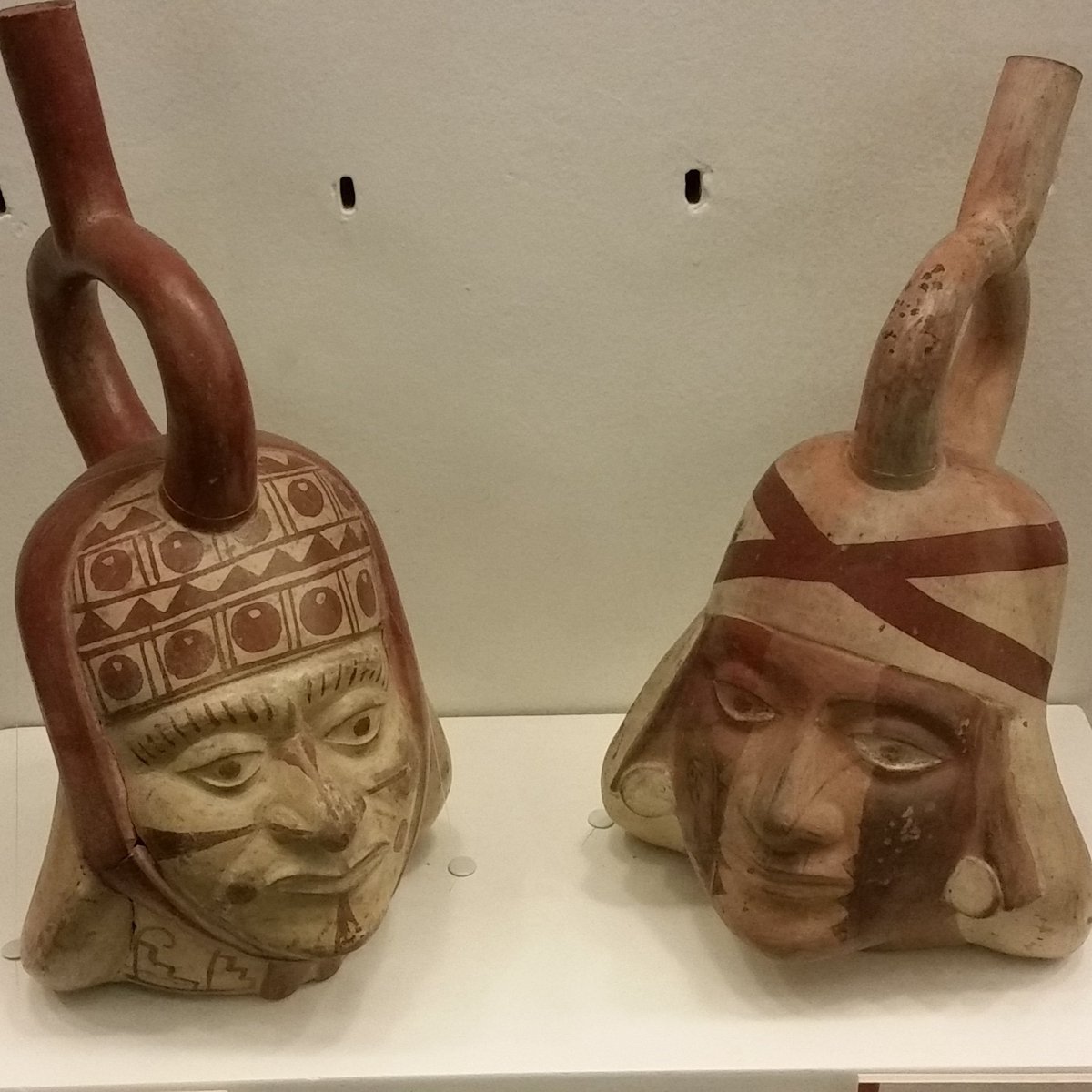 Mochica Ceramic Mosaic
Mochica Ceramic MosaicBuilders of impressive funeral buildings, administrative and religious –huacas– with pyramidal shapes, but unlike the Egyptians, these were massive, made with adobes. When the lord died, the last floors of the huacas were covered creating another height. In the funeral home the tomb of the Lord was excavated and, from there, all the activity of the huacas climbed a floor. The adobe bricks found carry different drawings, were offerings of the families to the Lord and, as such, were marked to know what family they were.
The end of the Mochica culture was due to a natural disaster, a time of drought of many years followed by a child phenomenon - torrential floods and great floods - that caused the people to stop believing in their lords who were not able to please the gods to be benevolent with them. Some of the Mochicas went north and, those who remained, were the initiators of the Chimu culture.
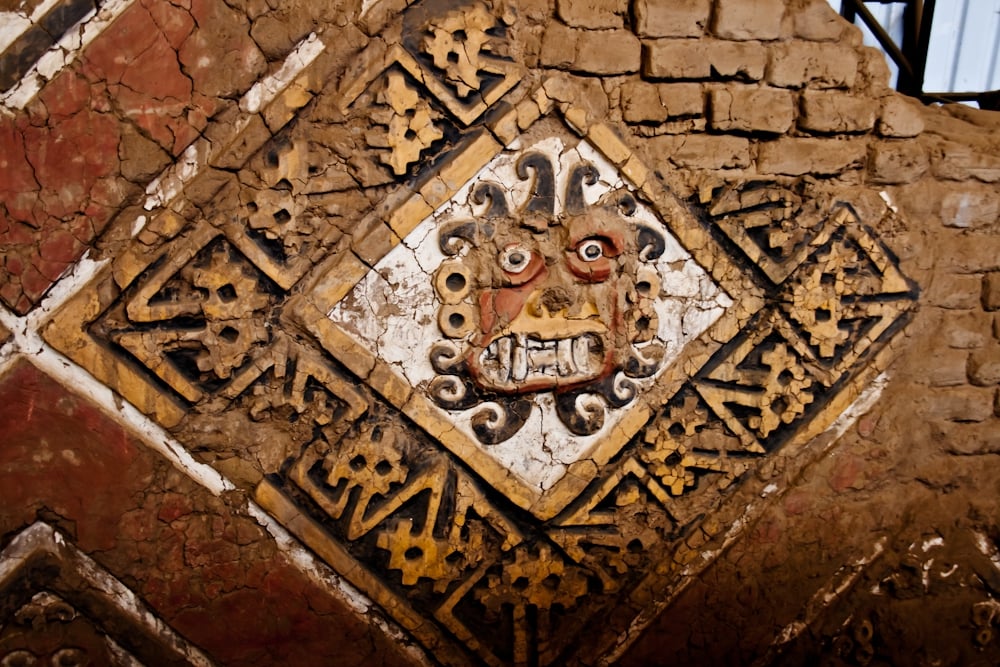
Mochica culture


